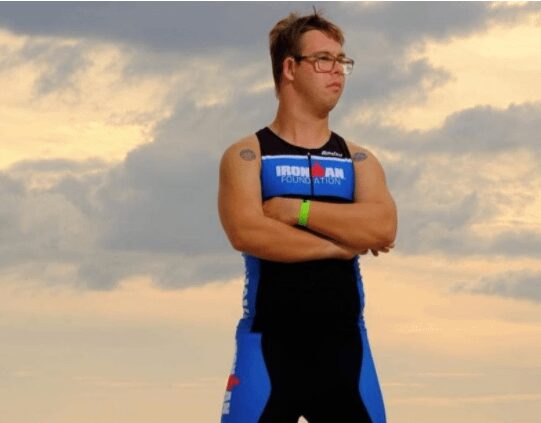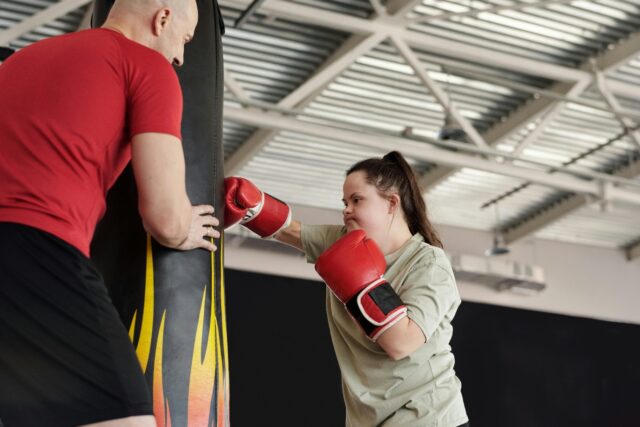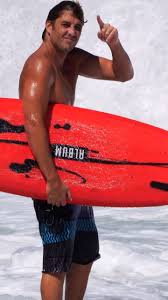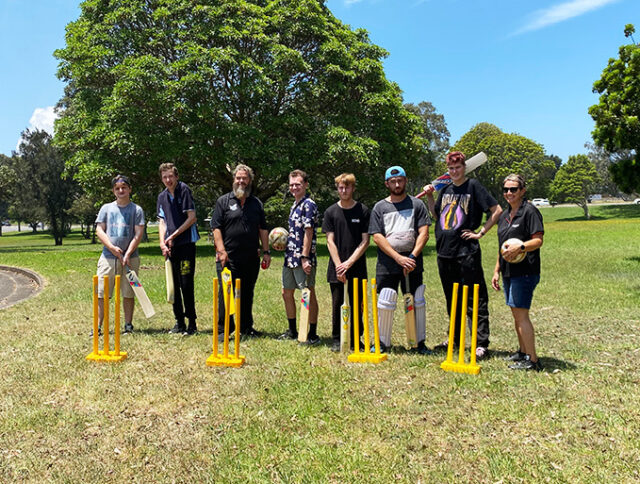Tip for – Cognitive/Neuro Diversity/Autism/Down Syndrome
TIPS DEPENDING ON THE DISABILITY
Cognitive/Neuro Diversity/Autism/Down Syndrome
Maintain a consistent routine, minimise background noise, and use different communication methods like whiteboards or cue cards.
Give slow and clear explanations, break down skills into smaller steps, and avoid areas with background noise.
Example: With the improvement of inclusive sports programs, equipment and support, we have seen more and more groundbreaking sporting achievements for people with a disability.
In the last few years, we have seen the first ever person with down syndrome become an Ironman athlete (Chris Nikic), the first athlete with down syndrome to play and score in a college football match (Cayden Cox) and the first runners with down’s syndrome to complete the New York Marathon.

These are only some of the examples of sporting achievements that have been achieved since 2020, and it will only increase.
How to help: Down syndrome can lead to learning disabilities, reduced muscle tone and issues with sight and hearing. Due to the range of impacts down syndrome can cause, the participant may need help in both physical and cognitive ways.
This includes slow and clear explanations when giving instructions, breaking down skills into smaller steps and making sure you are heard easily while trying to avoid areas with background noise in a well-lit area.

Neurodiverse: The word neurodiversity refers to the diversity of all people, but it is often used in the context of autism spectrum disorder (ASD), as well as other neurological or developmental conditions such as ADHD or learning disabilities.
Autism
Example: Autism is a neurodevelopmental condition that affects brain function. Symptoms can include getting distressed by loud noises, bright lights, strong tastes and smells as well as being around other people.
One example of an athlete who has autism is professional surfer, Clay Marzo. Clay has struggled socially within sport, and he finds it hard to hold conversations and make friends. This is why he only participated in individual sports in school, such as swimming and surfing.

How to help: People with autism tend to prefer a routine so starting and finishing a training session should have some consistency. For example, start every training session with a greeting, explanation of the upcoming session, and a warmup.
This routine will bring comfort and will allow for the best results in training. Another way to ensure that somebody with autism feels safe and secure in a sporting setting is to make sure there is minimal background noise, not too bright lights etc. This might include turning off the buzzer at basketball training, training at a time when there are less people around or communicating in different ways (on whiteboard or with cue cards).
Use structured routines and minimise sudden changes.

